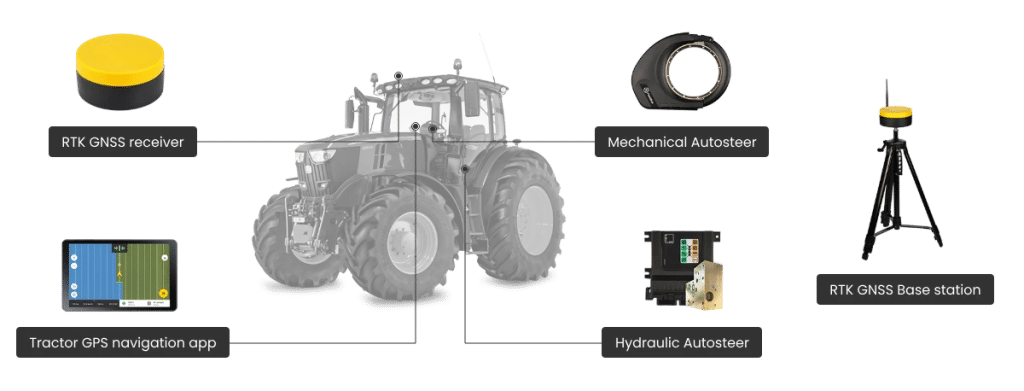Standard GPS provides basic positioning, but for precision farming tasks – like planting, spraying, or cultivating – sub-meter accuracy simply isn’t enough. That’s where RTK (Real-Time Kinematic) technology comes in. By adding a local base station that sends real-time correction data to your equipment, RTK drastically improves GPS precision – reducing positioning error from meters down to just a few centimeters.
In this article, we’ll look at the key ways an RTK base station https://www.fieldbee.com/products/addons/rtk-base-station enhances GPS accuracy – from correcting satellite drift to enabling repeatable positioning – and how that translates into better results in the field.
Eliminates Satellite Drift
Standard GPS signals are affected by satellite drift – small variations in satellite positions and timing errors that can cause your tractor’s location to shift by one to several meters over time. An RTK base station, fixed in a known location, constantly compares actual satellite data to its true position and calculates correction values. These corrections eliminate drift in real time, keeping your machine exactly where it should be throughout every pass.
Provides Real-Time Correction Data
The RTK base station continuously sends high-frequency correction signals to your GPS receiver, adjusting its position multiple times per second. This real-time data drastically improves accuracy – reducing errors from typical GPS (1–2 meters) down to just 2–3 cm. The result is smooth, reliable guidance even during long work hours or in variable field conditions, without the gradual error buildup seen in standard GPS systems.
Enables Repeatable Positioning
One of the key benefits of RTK is its ability to maintain the same positioning accuracy across multiple field operations and seasons. Whether you’re planting in spring and spraying in summer, or returning to the same A-B lines year after year, RTK ensures your machine follows the exact same path within a few centimeters. This repeatability improves efficiency, protects crop rows, and supports long-term precision strategies like controlled traffic farming.
Improves Vertical Accuracy
While standard GPS is often less accurate in vertical measurements, RTK significantly enhances height precision. This is especially useful for tasks like land leveling, drainage planning, and variable-depth tillage, where elevation data matters. With RTK, vertical errors drop from over a meter to just a few centimeters, giving you more control over field topography and water flow.
Reduces Signal Delay and Errors
RTK systems operate with high-frequency data updates – often multiple corrections per second – which helps minimize latency and random signal fluctuations. This real-time responsiveness reduces the chance of “GPS lag,” where machine movements briefly get ahead of positioning data. As a result, your guidance stays smooth and responsive, even during turns, starts, or when operating at higher speeds.
Expands Accuracy Beyond Mobile Coverage
Unlike corrections from mobile RTK networks (which depend on cellular signal), a local RTK base station provides a direct, independent correction source. This ensures reliable high-precision guidance even in remote areas with weak or no mobile coverage. For farms in rural regions or with limited connectivity, a dedicated base station is the most dependable way to maintain full GPS accuracy in every field.
